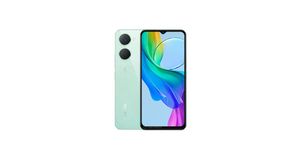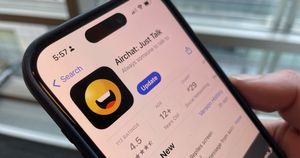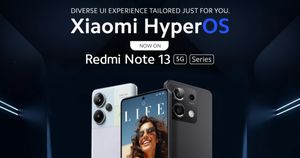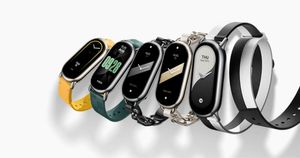
I’m not a big fan of Bluetooth speakers. These devices may be portable and free of wires, but they also cost a lot of money; most of which is spent on batteries, expensive Bluetooth wireless hardware, and associated licensing/certification fees. Then again, most people are quite unlike me, or rather unlike any audiophile for that matter. People like us are willing to inconvenience ourselves to a ridiculous degree just to squeeze out the last bit of audio quality. The average consumer, on the other hand, is quite happy to pay more and trade sound quality for the convenience of portable wireless audio. And that, to be honest, genuinely makes sense in a product such as the Sony SRS-XB10, which we will refer to as XB10 from now onwards for brevity.
Sony SRS-XB10
Rs 4990What Is Good?
- Sounds larger than its size
- Surprisingly good bass response
- Incorporates some clever design
- Sturdy and splash-proof
- NFC pairing is brilliant and hassle-free
- Great battery life
- Incredibly low street price
What Is Bad?
- Dust and lint magnet
- Bass is overpowering when placed near walls and corners
The XB10 is small enough to fit in the palm of your hands. That, I believe, is the perfect size for a Bluetooth speaker. Although technically still “portable”, the larger ones are too bulky to be carried around in your bag and invariably end up tied to your desktop instead. This is a massive waste because that sort of cash is better spent on a pair of high-quality active desktop monitors instead. However, the sort of Bluetooth speakers that can be carried around with ease are neither loud enough, nor can they deliver the dynamic range and extended bass of their larger, more unwieldy cousins. If you’re looking for a Bluetooth speaker that effectively addresses this dilemma between portability and sound quality, the Sony SRS-XB10 just might be the answer.

Physics 101: How to Produce Big Sound from Small Speakers
You see, the XB in XB10 stands for eXtra Bass. Sony delivers this with the help of a fairly large (for its size) 46mm driver positioned diametrically opposite to a passive radiator. Although Sony hasn’t revealed amplifier specs, it is powerful enough to drive the 46mm active speaker, which in turn drives the passive radiator at the other end of the enclosure. While most speaker designs employ bass reflex ports to increase bass efficiency, these are notoriously difficult to tune and aren’t quite good at accurate bass reproduction. The XB10’s clever passive radiator design, however, is airtight and involves the active powered speaker pushing the trapped air column to drive the unpowered one. This is a better alternative to the bass reflex port and effectively doubles the number of drivers, thereby making the speaker sound louder and throw sound in more than one direction.
Sony’s ingenious speaker design has one directional driver and another omnidirectional one to deliver both focused and room filling sound.
It’s not just about loudness either, the driver at the bottom has its own mini enclosure where sound is channelled in the four cardinal directions through as many ports. In effect, Sony’s ingenious speaker design has one directional driver and another omnidirectional one to deliver both focused and room filling sound. That’s essentially how the XB10 manages to sound louder despite its smaller footprint. Having said that, increased bass reproduction is notoriously demanding on speakers because it requires a highly rigid enclosure. That pretty much explains the cylindrical shape of the Sony SRS-XB10. You see, a cylindrical enclosure is much stronger and more rigid than a regular rectangular speaker box.

Built Like a Tank – A Soft Fluffy One
Now that we have physics and speaker design out of the way, this is where I tell you that the XB10 is (surprise, surprise) sturdy and well built. Tapping the cylindrical speaker gives a reassuringly dead thud. There’s no sign of any ringing or resonance, which points to a particularly rigid enclosure. That, when combined with a strong metal grille protecting the primary driver, translates into a Bluetooth speaker that can easily survive the occasional drop to the floor. I know because I dropped it a couple of times without any problem. The only problem here is that the speaker enclosure itself is comprised of rubberised material that’s rigid at the core and picks up everything from the floor.
While this may seem insignificant to a layman, the cost and expertise that goes into achieving something like this sets a quality product apart from the cheaper ones.
It may be tough, but it feels nice and soft and offers terrific grip. It’s a pity that it ends up being a major lint and dust magnet. That’s hardly an issue because you can easily wash it under running water thanks to its IPX5 certification, which makes it completely splash proof. In layman’s terms, you can safely wash it, as long as you don’t use strong detergents and alcohol or other solvents. Want to take it along in the shower? No problem, just don’t dunk it in the bathtub or take it for a swim in the pool/sea.
Before you get anywhere near water, make sure you securely close the flap covering the 3.5mm auxiliary and micro USB ports that come in handy to recharge the device. The buttons for play/pause, adding another XB10 to serve as the second stereo channel, volume, and power/pairing are set seamlessly and invisibly flush with the body while offering a reassuring tactile click when you operate them. These are high quality mechanical switches hidden underneath a soft rubber skin that blends with the rest of the enclosure. While this may seem insignificant to a layman, the cost and expertise that goes into achieving something like this sets a quality product apart from the cheaper ones. The devil, as they say, is in the details.

The Devil is in the Details
This isn’t the only surprise in the Sony SRS-XB10’s bag of tricks. While pairing is fairly easy with the regular method of long pressing the power key, you still have to rummage through your phone’s settings menu to enable Bluetooth and then search for the device among the sea of other Bluetooth devices, especially in an office setting. However, if your phone has NFC capability (and, frankly, which decent phone doesn’t?), you can quickly and effortlessly pair it with the XB10 just by the virtue of tapping it on the NFC icon located above the power button. Use this nifty feature once and you’re bound to hate every Bluetooth speaker without one.
There’s even an inbuilt omnidirectional condenser mic, which allows you to use the XB10 as a speakerphone. I tested that feature a couple of times, blurting out “Alas, poor Yorick!” at some rather bewildered friends who, as I discovered, weren’t too keen on Shakespearean humour.
I am impressed at how Sony has focused on the little things and designed every aspect of the product for maximum utility. This is easily one of the most well-designed Bluetooth speakers in the market.
Another great addition is a strong lanyard with a soft and flexible rubber ring at the end that comes in handy to hang the speaker from everything ranging from branches and bicycle handles to gym equipment and bathroom fittings. What’s more, the same ring is contoured to act as the speaker stand, which can then be used to let one driver fire sound directly at you, whereas the other driver at the rear distributes it omnidirectionally. I am impressed at how Sony has focused on the little things and designed every aspect of the product for maximum utility. This is easily one of the most well-designed Bluetooth speakers in the market.
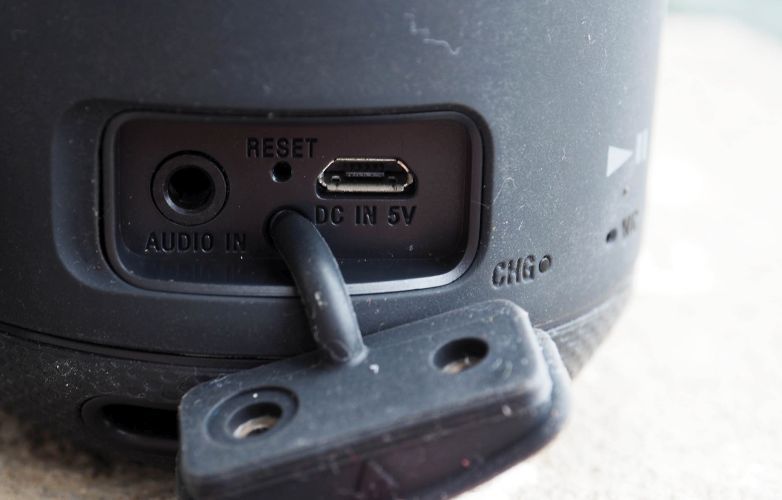
The Sony SRS-XB10 is compatible with the Bluetooth 4.2 standard and operates over the 2.4GHz frequency over a maximum distance of 10m, provided you have good line of sight without significant obstructions. You won’t find any compatibility with high-bitrate wireless standards, so don’t pair it with audiophile grade DAPs to play high-bitrate audio files. Unless, of course, you want a sub-optimal sound with most of the dynamic range missing. The only recourse for high-bitrate audio is if you rely on an auxiliary cable to connect to the speaker through the 3.5mm port. Pairing and using with regular smartphones and DAPs in conjunction with audio tracks encoded at sensible bitrates works pretty flawlessly. Let’s not forget that this is a cheap, portable Bluetooth speaker after all, which does its job with consummate ease.
Sony hasn’t provided any information about the XB10’s battery capacity, but it isn’t ridiculously high since it goes from empty to full charge in approximately two hours when juiced at 2.5 watt of DC current using the provided USB cable connected to my laptop. The unit nevertheless can be used for up to 16 hours on a single charge, and sure enough the XB10 lasted me about a week with a few hours of daily listening. I am not concerned about knowing the exact battery capacity, considering the fact that the speaker lasts a long time with a single charge. I didn’t try recharging the XB10 with a more powerful phone charger, and I don’t recommend the same either, as this might reduce the overall battery life. Besides, you need to manage your life better if you can’t account for two hours of recharge time over the course of a week.

No Such Thing as Too Much Bass
As far as sound quality goes, you ideally can’t expect much from a cheap and portable monoaural Bluetooth speaker. These are especially anaemic when it comes to bass reproduction, because the very laws of physics state that you either need a large enclosure or greater amplification (to compensate for the lack of the former) to produce enough bass. The Sony SRS-XB10 seems to bend these very laws of physics as it not only produces a good quantity of bass, but a surprisingly great quality of it too. What’s more, how low the XB10 can reach down the sound spectrum also beggars belief.
In fact, the bass is abundant to a fault. I couldn’t keep it closer to my cubicle wall, and placing it anywhere near the corner would amplify the lower frequencies to an unpleasant extent.
Now, the bass does distort to some degree at the maximum volume, but keep it at 85 percent or lower and it’s surprisingly well composed despite being loud and low enough. This was amply evident in the orchestral tracks, where the XB10 reproduced infrasonic notes of the double bass, cello, and the heavier wind instruments with consummate ease. In fact, the bass is abundant to a fault. I couldn’t keep it closer to my cubicle wall, and placing it anywhere near the corner would amplify the lower frequencies to an unpleasant extent.
Having said that, the sole 46mm driver on XB10 is full range and it is at its strongest at the midrange favouring vocal frequencies. In other words, the speaker is great for listening to podcasts and YouTube rants. It does deliver on the higher frequencies fairly well, but it rolls off quite early so don’t expect any high-end sparkle. The XB10 handles catchy club music with great aplomb due to the deep and punchy bass, but busy and compressed metal tracks tend to overwhelm the tiny speaker as you can’t expect superlative transient response from a single full range driver that’s bogged down by a passive radiator. Overall, I had zero complaints about the sound quality because there’s no such thing as too much bass. The XB10, on the other hand, delivers sound with more authority than speakers even beyond its price range.
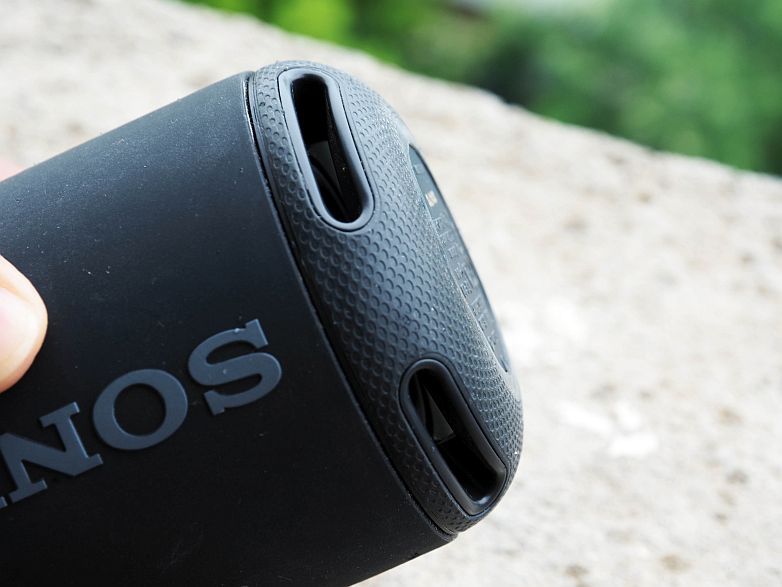
Shut Up and Take My Money
The Sony SRS-XB10 is priced at an MRP of Rs 5000, but you can find it as low as Rs 3500 online. At that price, it pretty much sounds better than anything out in the market. It’s a thoroughly well-designed product, with a keen sense of ergonomics combined with brilliant acoustic engineering that allows it to produce uncharacteristically high quantity and quality of bass despite its small footprint.
Let’s see what we have here. The XB10 is tough, durable, water-resistant, and lasts a long time on a single charge. The nifty NFC pairing feature is a revelation in convenience. Oh, and it sounds pretty damn good to boot. Seriously, what more can a man ask for? At that street price, you simply cannot beat the Sony SRS-XB10.
[Hamlet photo credit: BBC/Royal Shakespeare Company]

